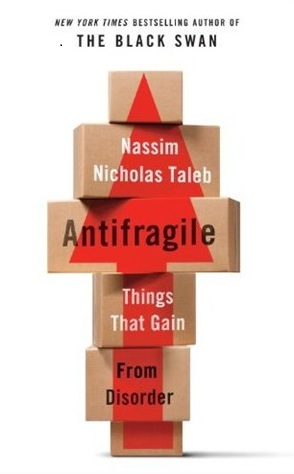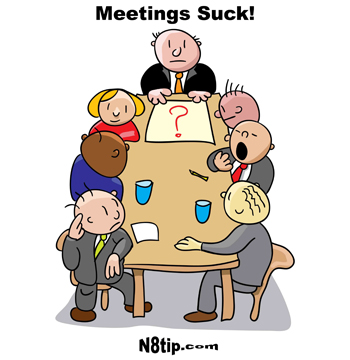Is Geo-Fencing on Your Map?
 As we continue to build mobile apps for clients, the advantages resulting from these apps are appearing limitless. I have been in Charlotte this week for the EO Nerve Conference. When I called for a taxi, they said that I can download an app that will send a taxi to me. Not only that, but I can follow the taxi’s location as it comes to pick me up. How cool is that? This is the new wave of location-based services that is getting more popular and will help create a lot of conveniences, marketing opportunities and productivity.
As we continue to build mobile apps for clients, the advantages resulting from these apps are appearing limitless. I have been in Charlotte this week for the EO Nerve Conference. When I called for a taxi, they said that I can download an app that will send a taxi to me. Not only that, but I can follow the taxi’s location as it comes to pick me up. How cool is that? This is the new wave of location-based services that is getting more popular and will help create a lot of conveniences, marketing opportunities and productivity.
Chris Shaffer, our technology lead at Efficience, says “The convergence of technologies, such as GPS and mobile broadband, allows users to leverage resources in ways that were unthinkable only 10 years ago.” According to Shaffer, “Geo-fencing is one such feature that allows devices to become ‘location-aware’ by tracking through GPS or location-based services.”
We will devise a lot of new ideas and reasons to have this working for us in all kinds of situations. Geo-fencing has created a new source of information that will revolutionize the way we interact with the world around us.
When you have the app of your favorite restaurant, it will know when you cross the virtual fence that they will designate, say like 3 miles from them. Restaurants will have ability to send you a notification of the special dish they have tonight or some type of discount. You already love to eat there and they just entice you to come back to spend more money with them, instead of all the other options you may have.
According to a study done by Pew Charitable Trust, 58% of adults access the internet through their mobile devices, which has been a big conversion away from the desktop. Smartphones are allowing us to get info and make choices that we didn’t have the information to do on the fly before. We check prices, watch movie trailers, and read about competitor choices as we are making decisions to spend our dollars.
Those that are connecting with their customers this way will have more flexibility, since a marketing campaign can be day-to-day or week-to-week. It can be tailored to the data that customers choose to give us so that we can meet their direct needs. Small businesses with limited budgets will have a much better way to compete with the big boys who wield massive budgets, just by having access to this technology. This will be mainstream in the not-too-distant future, but those getting in first will have a competitive advantage to attract customer dollars and grow their revenue sooner.
What are you doing to be ahead of the curve and benefit from location-based marketing?







